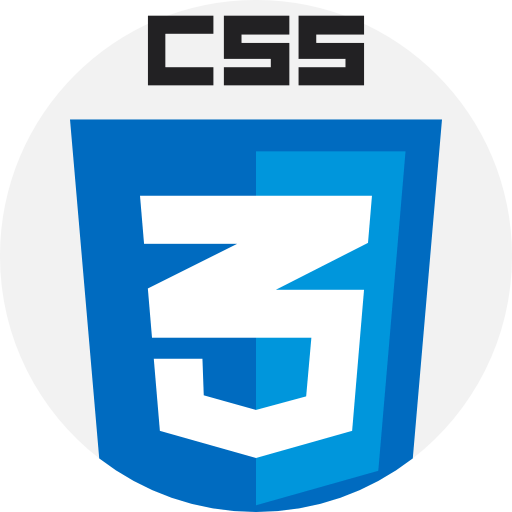CSS (Cascading Style Sheets) are used to visually design web pages by defining how their elements will look. They can be used to set text styles, control the layout of blocks, and add animation, creating an attractive and user-friendly design.

CSS, or Cascading Style Sheets, are used to format the content of a web page based on specified rules. They define text styles, element placement, and animations.
CSS allows you to flexibly customize the appearance of text, including indents, colors, font size, and other parameters.
When working with CSS, not only text is formatted, but blocks are also styled. In this section, you’ll learn how to add padding, margins, borders, and backgrounds, as well as the concept of the box model and how properties affect the final dimensions of elements.
The job of a layout designer involves positioning elements on a web page according to the layout, allowing you to place elements on the left, right, or create galleries and other layouts. In this module, we will cover the basics of the Flex module, which will make it easier to position elements on a page.
It is impossible to cover all the possibilities of CSS in one course. Currently, CSS is a powerful tool for setting styles of text, blocks, animations. It uses variables and the ability to calculate values. In addition, with the help of CSS, you can create a responsive layout that adapts to different types of devices, including computers and mobile devices.
Phone: +375 33 910-08-92
Email: info@codefor.tech
Address: Baranovichi, st. Pirogova, 7
© 2024-2025 All rights reserved. CodeFor.

Site language: